Poodles: Bright, questioning and surprisingly hardy — and 'once you're an owner, you won't switch'
Originally known as ‘pudels’ or ‘puddles’, curly-coated standard poodles raise both smiles and eyebrows, not least with their distinctive pom-pom trim. Matthew Dennison discovers more, with photographs by Sarah Farnsworth.
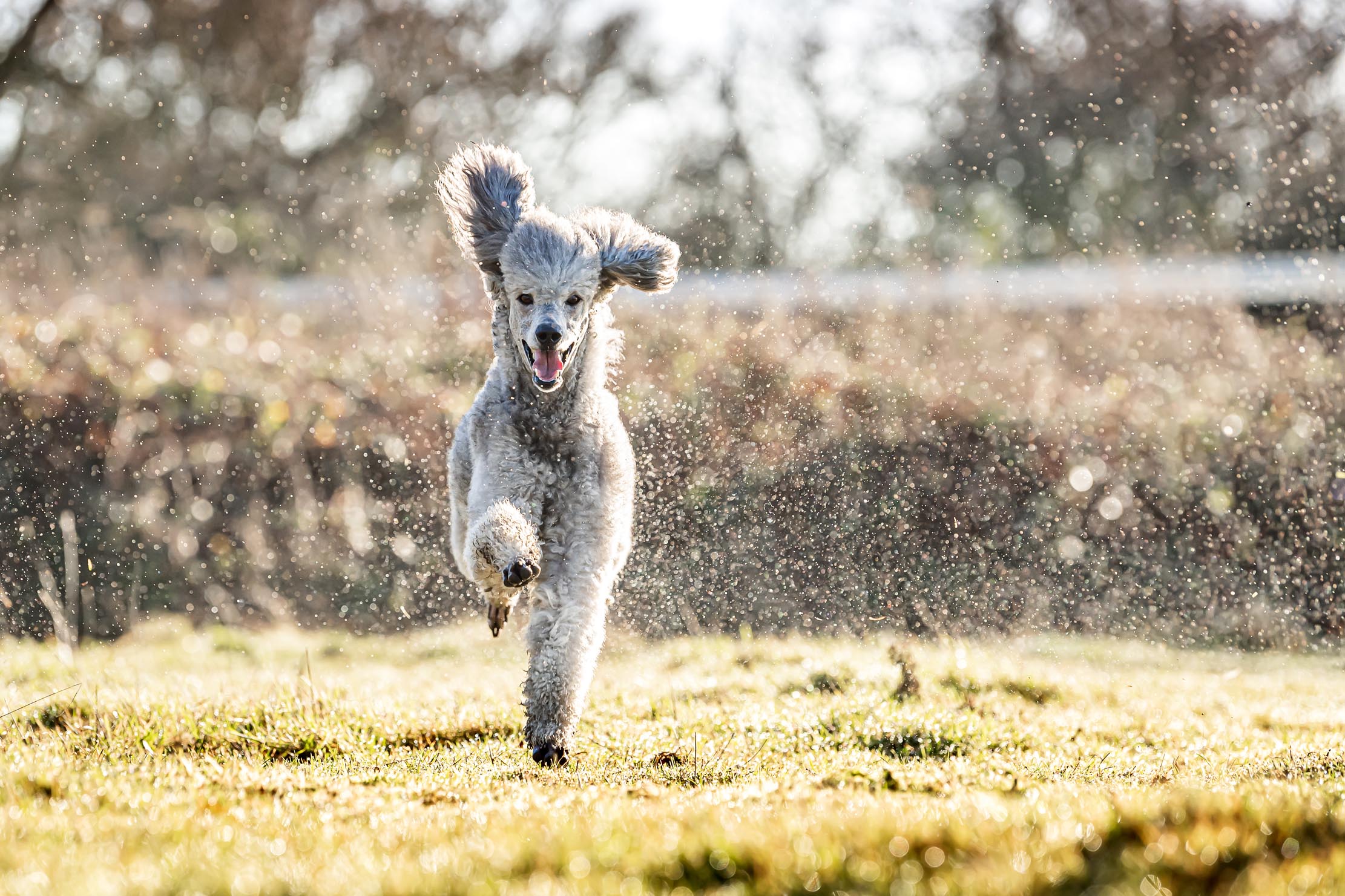
Unmistakable is the note of polite consternation that colours Aleks Wasowska’s response to my question about her dogs’ obedience. Those in question — 3½-year-old silver bitch L’Eau and 2½-year-old white bitch Breagh — are standard poodles and, increasingly, familiar fixtures on shoots close to their owner’s home near Ely in Cambridgeshire. Both dogs happily work in all weather and covering all terrain, she tells me. Miss Wasowska describes L’Eau in pursuit of duck as ‘an absolute machine in water’, whereas Breagh, from an old Scottish working line of standard poodles, resembles ‘a bulldozer through covert, although she is less nimble in water’.
The standard poodle is no longer an everyday sight. Indeed, although the breed remains popular on the Continent and in the US, the standard poodle is no longer widely seen in Britain at all. In the past decade, the Kennel Club registered about 1,000 puppies a year on average — the French bulldog, by contrast, registered nearly 40,000 puppies in 2020.
For their owners, the standard poodle’s current demise is incomprehensible. Marie-Francoise Phillips, known as ‘MF’ and a poodle owner for 25 years, eulogises the breed’s ‘happy nature’. The standard poodle, she tells me, is ‘always playful, they want to live their life to the full’. The Kennel Club agrees, describing them as ‘gay-spirited and good-tempered’.
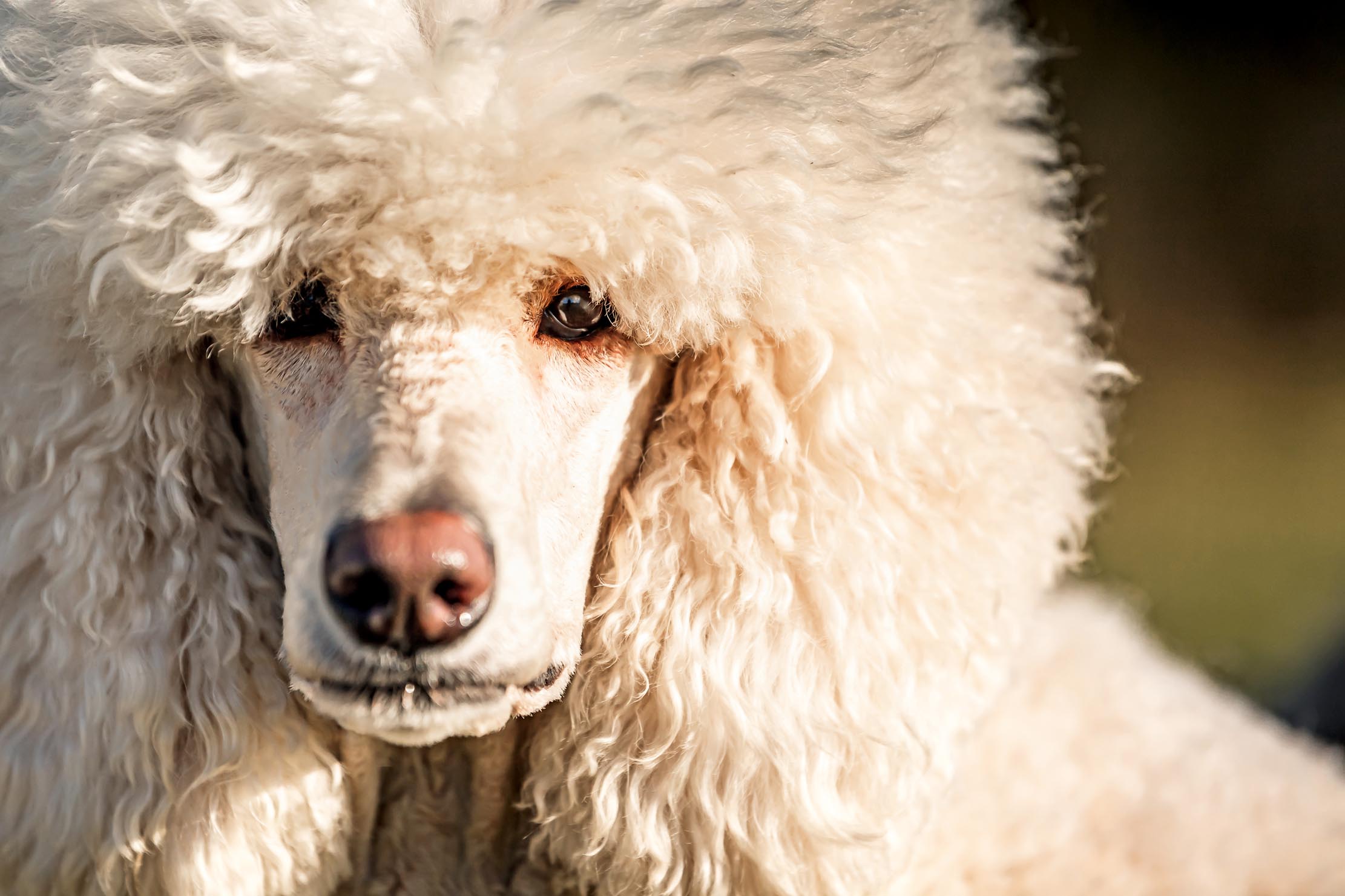
These are sturdy, energetic, intelligent dogs, as owner Sue Bryson describes her standard poodles Sasha, Storm and Finn, all three happiest outdoors regardless of the weather, the density of the undergrowth or the coldness of the water. Yet, exercise over, they’re content to settle down beside the fire or in their beds in the kitchen.
Mrs Bryson notes that they can be gung-ho on occasion, but with a dignity and presence that every owner regards as special, and ‘very versatile: able to flush out pheasants in a field by scent’, as well as happy hunting by sight. ‘Whatever catches their attention — if a rabbit pops up in front of them, they’re off!’
Theirs is an engaging heritage. The best-known standard poodle to make its mark on British history belonged to the Cavalier hero Prince Rupert of the Rhine. ‘Boye’ or ‘Boy’ — described in different accounts as ‘Pudel’ and ‘Puddle’ — sported a thick, white coat with a lion-like mane and proud, plume-like tail. Rupert’s enemies invested the dog with magic, even diabolic powers, alternately claiming he was bulletproof (sadly, mistakenly) or, in an age in which belief in witchcraft was widespread, that he was the Prince’s familiar: ‘No Dog, but a Witch, a Sorceresse, an Enemy to Parliament… a meer Malignant Cavalier-Dog.’
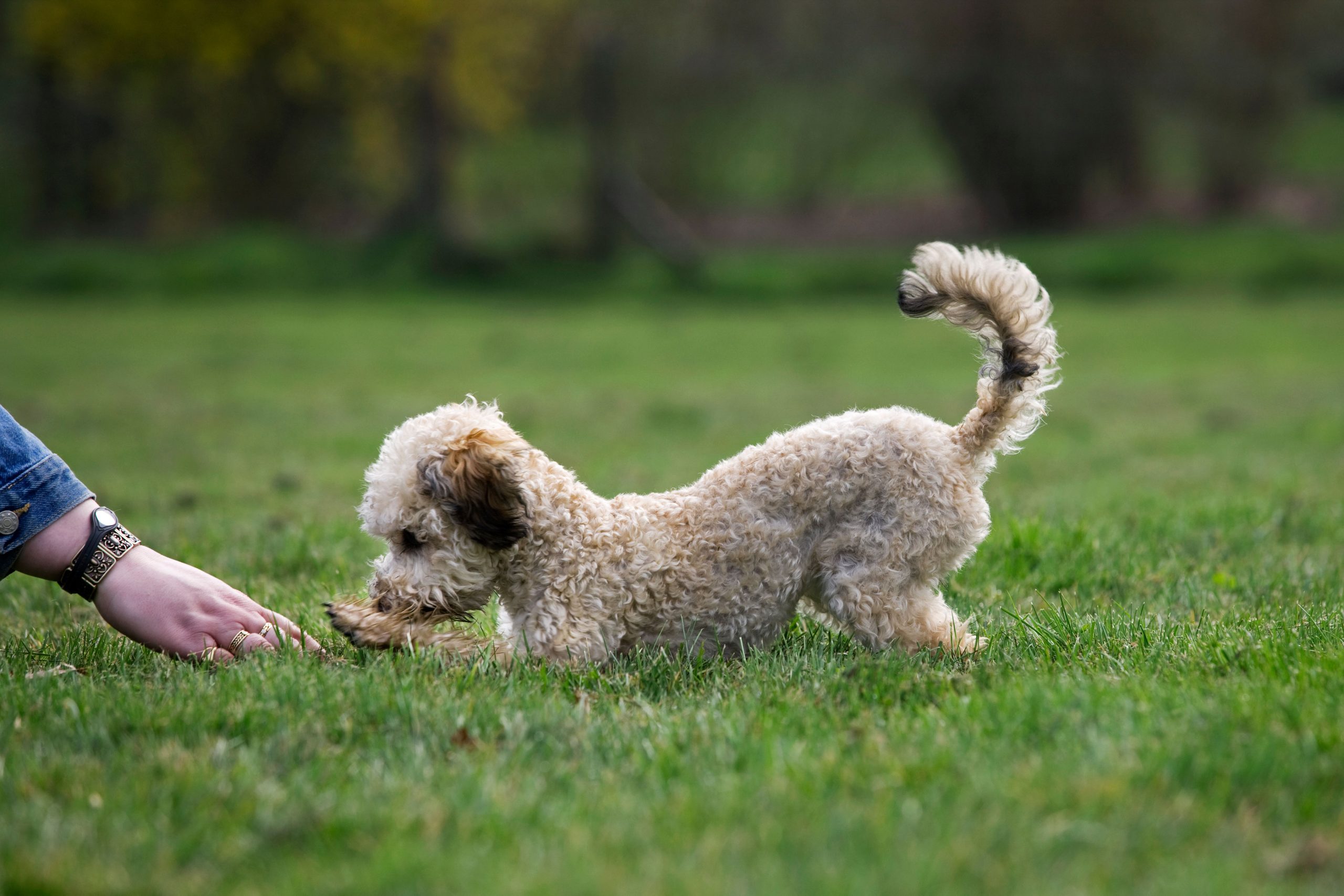
Early in 1643, Boy became the hero of a Royalist pamphlet, the work of Thames waterman-turned-poet John Taylor. In A Dialogue, or, Rather a parley between Prince Ruperts dogge whose name is Puddle, and Tobies dog whose name is Pepper, &c, it is Puddle that the reader admires: so impressive are his magic tricks that Pepper eventually joins him, Puddle helpfully providing him with sheep’s wool to wear as the equivalent of a poodle wig.
Sign up for the Country Life Newsletter
Exquisite houses, the beauty of Nature, and how to get the most from your life, straight to your inbox.
Boy/Puddle died in the summer of 1644, following Rupert’s defeat at York, shot when loyally searching for his master in the aftermath of battle. An anti-Royalist pamphlet marked his death. A Dog’s Elegy or Rupert’s Tears, published on July 27, depicted Boy as black rather than white, in keeping with his ‘evill’ nature; it described the dog as ‘whelp’d of a Malignant Water-witch’.
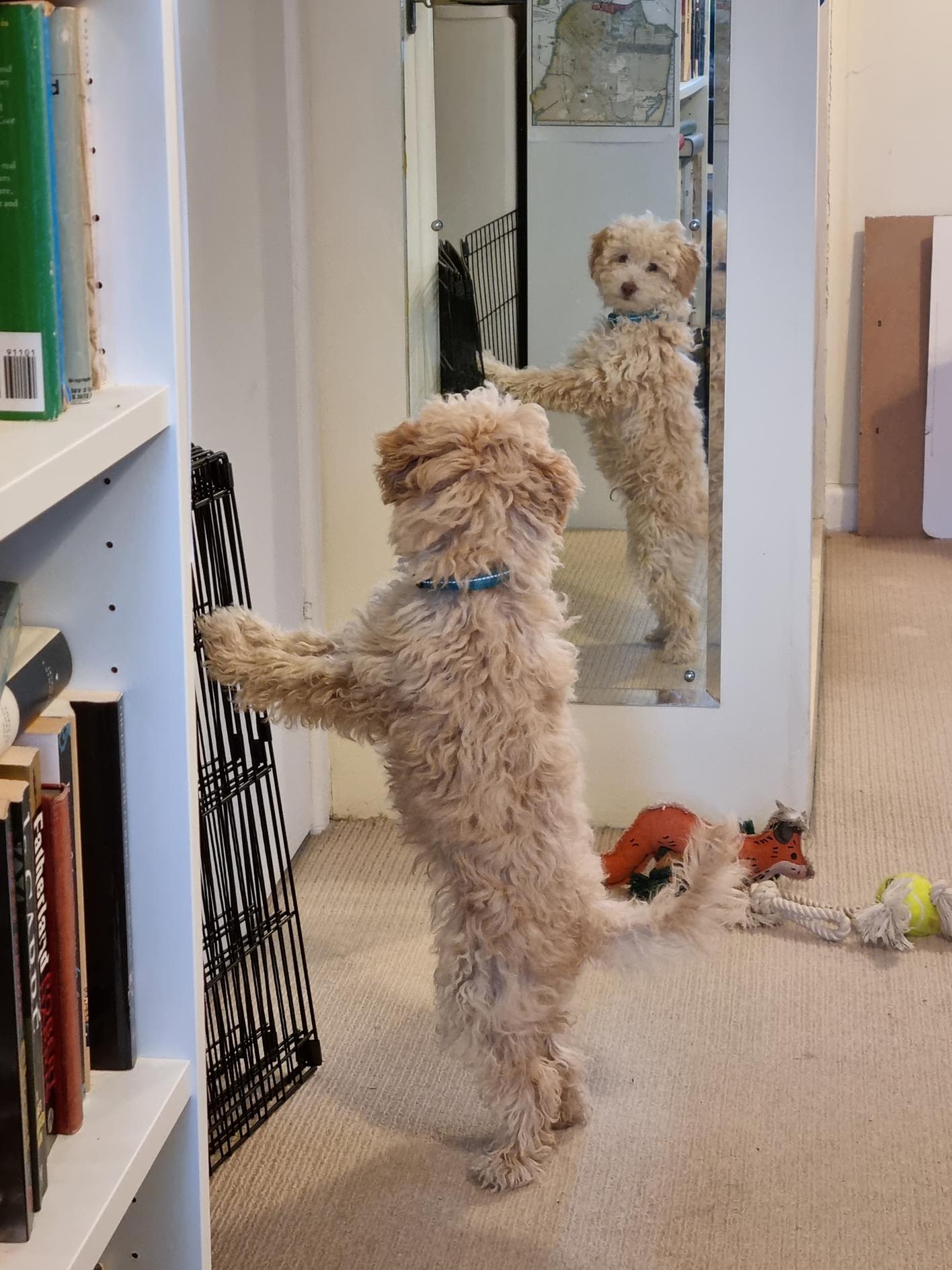
At least the association of Rupert’s dog with water was accurate. Whatever their origins — and it seems most likely that they first emerged in Germany, hence the name ‘poodle’ derived from the German pudel — poodles were first reared for retrieving game from water. These wildfowlers’ dogs had tight curly coats, close and harsh in texture, only partly permeable by water, which protected the animals from the cold. Even now, Miss Wasowska tells me that after retrieving from water, both L’Eau and Breagh look like damp mops — and moisture is trapped in the outermost layer of their coats — yet the dogs remain dry and warm underneath those curls.
Traditionally, the twin requirements of warmth and mobility in the water were offered as grounds for the development of the extravagant style of coat clipping unique to poodles, protecting parts of the dog from the cold and preventing unnecessary dragging, especially round the muscular hindquarters that propel the dogs through the water. The coats of working poodles are invariably cut short — an effect similar to that of the curly-coated retriever — although, as Miss Wasowska’s Breagh illustrates, the effectiveness of a well-trained standard has little to do with the cut of the dog’s coat.
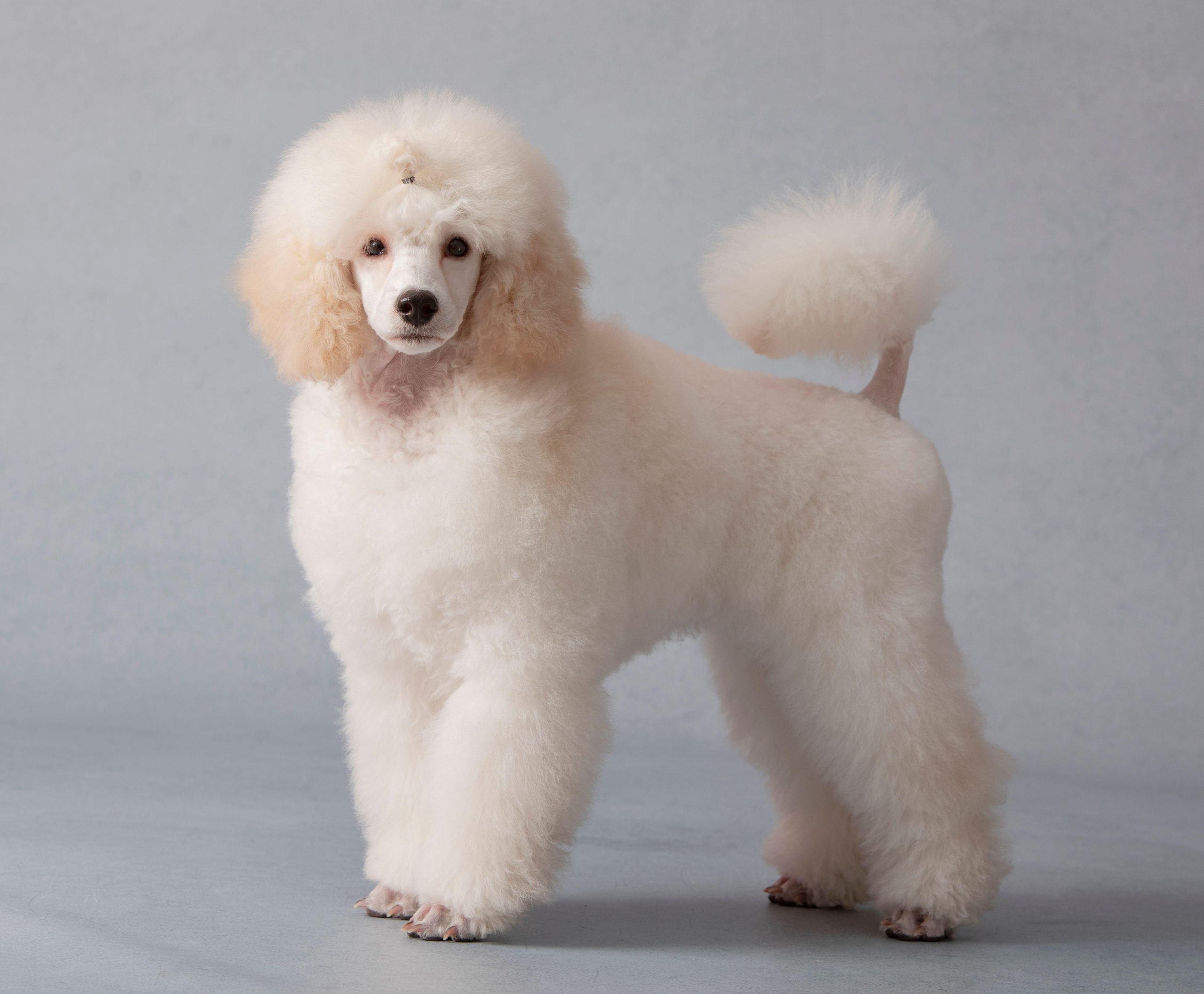
Owners agree on these dogs’ stamina, energy and intelligence. French-born Mrs Phillips, who, with her husband Edward, lives in London with eight-year-old honey-coloured Felix and two-year-old black Flaeda, characterises the standard poodle as ‘very companionable and happy, very athletic and, unless you put your foot down, a little dis-obedient, loyal dogs, friendly and very clever’.
She bought her first in response to an advertisement in Country Life, prompted partly by assurances of the hypoallergenic quality of the poodle’s coat, which does not provoke typical allergic reactions. Ever since, she has owned two poodles at a time: like other owners, she believes the poodle does not thrive when kept singly. Mrs Phillips feeds her dogs a combination of kibble and food that she cooks herself — a one-pot lunch of chicken cooked in a jus with herbs, carrots, couscous or rice.
Occasionally, owners point to a certain aloofness in standard poodles’ demeanour, both towards other dogs and humans. By contrast, Mrs Phillips describes Felix and Flaeda as playful with other dogs and social: ‘They like meeting people,’ she enthuses — as I found for myself.
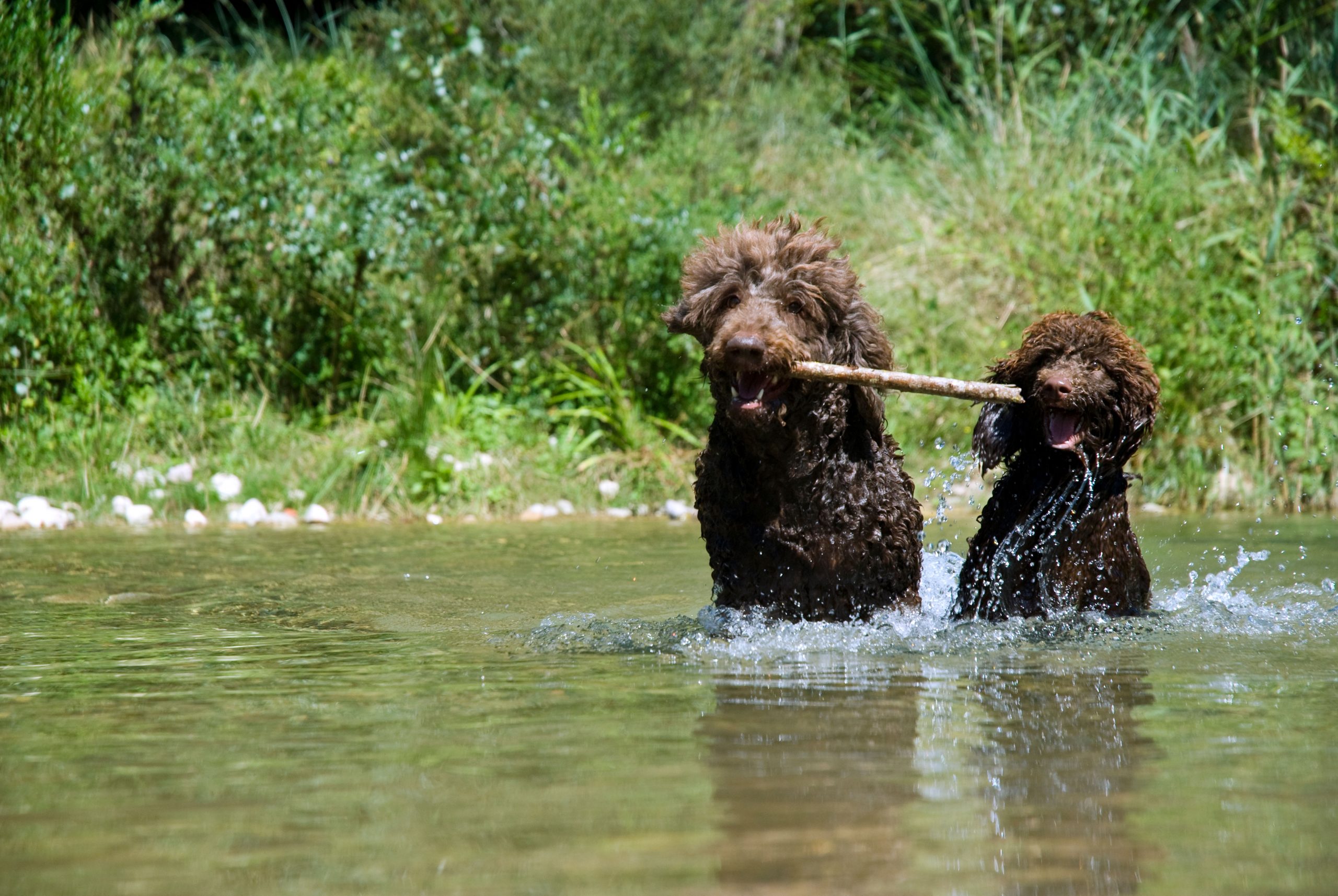
Why, then, their current eclipse among the dog-owning public? When, in 2020, a black standard poodle won America’s prestigious Westminster Kennel Club Dog Show, a clamour of negative comment predictably focused on the dog’s elaborately clipped coat. The extravagance of the poodle pom-pom cut has seldom been seen outside the show ring, but has played its part in establishing the breed’s reputation for preciousness. More prosaically, as all owners testify, the cost of regular grooming, even for dogs kept in a utility or sporting trim, can be considerable.
Poodles have also fallen victim to their own intelligence. Alongside the comical appearance made possible by their coats and, sometimes, clown-like clothing, including ribbons and elaborate ruffs, their ability to master tricks made poodles popular in Victorian travelling fairs and circuses, undermining their reputation among sportsmen further. This led to the breeding of smaller dogs — miniature and toy poodles — that were more easily transported and more cheaply fed.
Even larger dogs are capable of unusual feats. In the 1890s, George V’s unmarried sister, Princess Victoria of Wales, owned a standard poodle called Sammy, which she photographed balancing on the top rail of a pair of outdoor chairs, with a cane clamped between his teeth.
Such biddability, however, is not to be taken for granted. ‘A standard poodle can’t be drilled. They question instructions and they don’t respond to reprimands,’ notes Miss Wasowska. ‘A labrador or spaniel works for you; a poodle works with you.’
For aficionados, such thoughtful independence is not least among the breed’s attractions. ‘Once you’re a standard-poodle owner,’ Mrs Phillips comments, ‘you don’t switch.’
Miniature poodles, toy poodles and more
The Kennel Club recognises three poodle varieties, based on size: standard, miniature and toy. Winston Churchill is among the best-known miniature-poodle owners, having had two chocolate-brown dogs, Rufus and Rufus II (the latter replaced his predecessor, after the first Rufus was run over in October 1947).
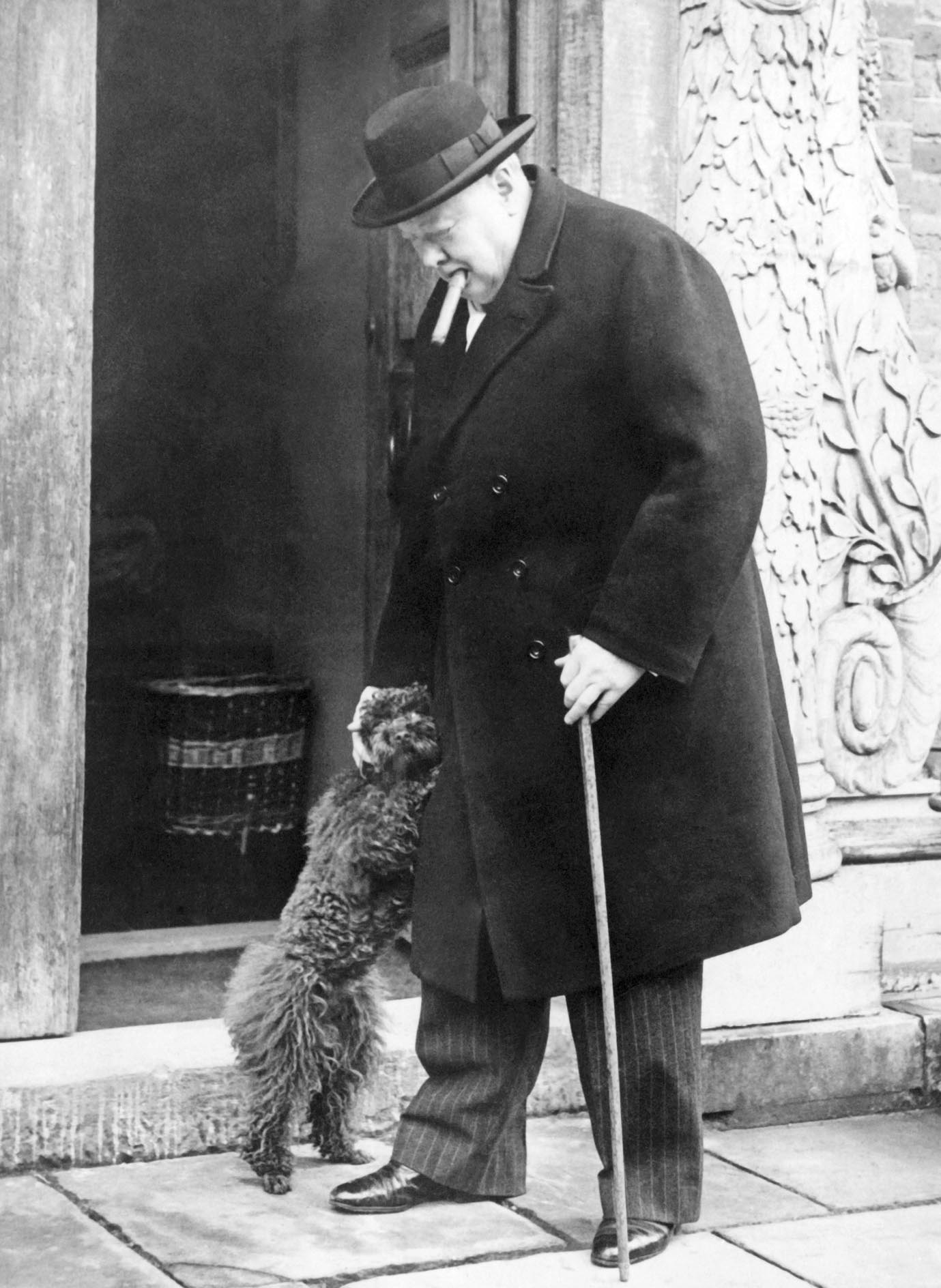
The statesman was devoted to both. During a screening of David Lean’s Oliver Twist at Chequers, Churchill put his hand over Rufus II’s eyes in the scene where Bill Sikes tries to kill his bull terrier. ‘Don’t look now, dear,’ he said. ‘I’ll tell you about it afterwards.’
Country Life chief sub-editor Octavia Pollock has also succumbed to the charms of miniature poodles, with apricot dog Tiffin.
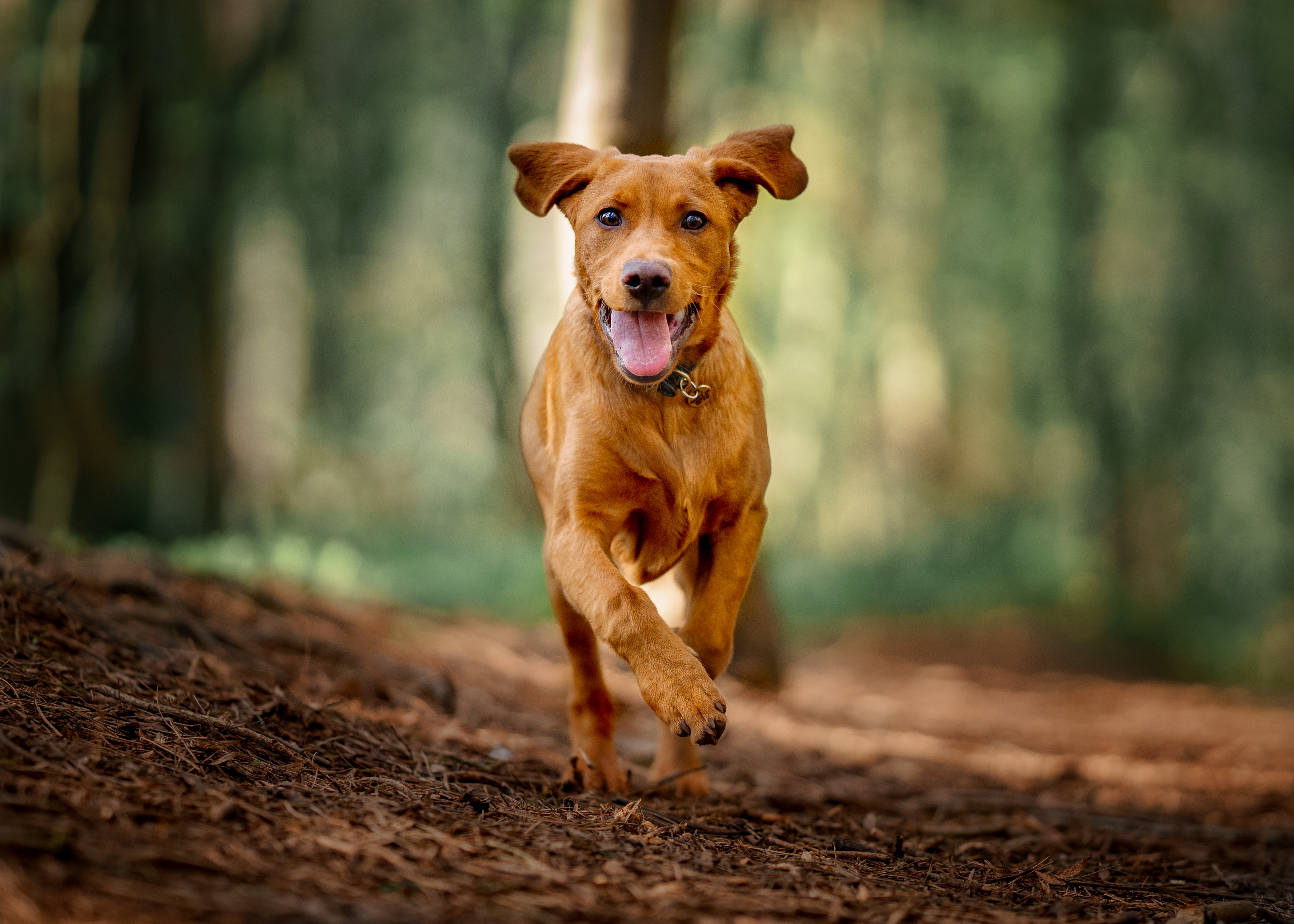
Credit: Getty Images
Dog recall training: Six tips from champion dog trainer Ben Randall
Training your dog is not easy — and with the huge recent rise in dog ownership, it's never been a better
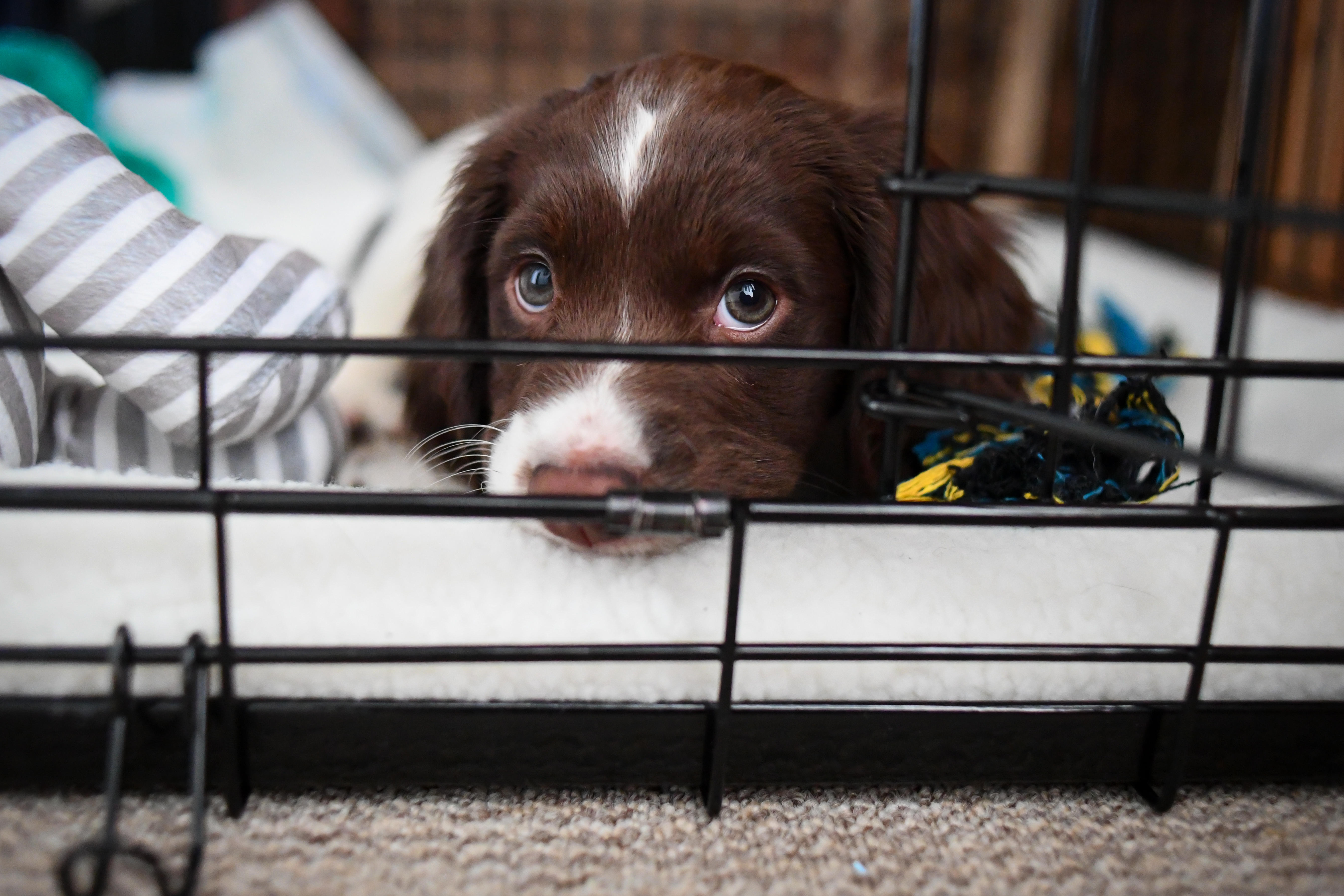
Crate training a puppy: Six tips from expert dog trainer Ben Randall
Puppy crate training can be tricky, yet it can pay dividends in all sorts of ways — even making puppy toilet
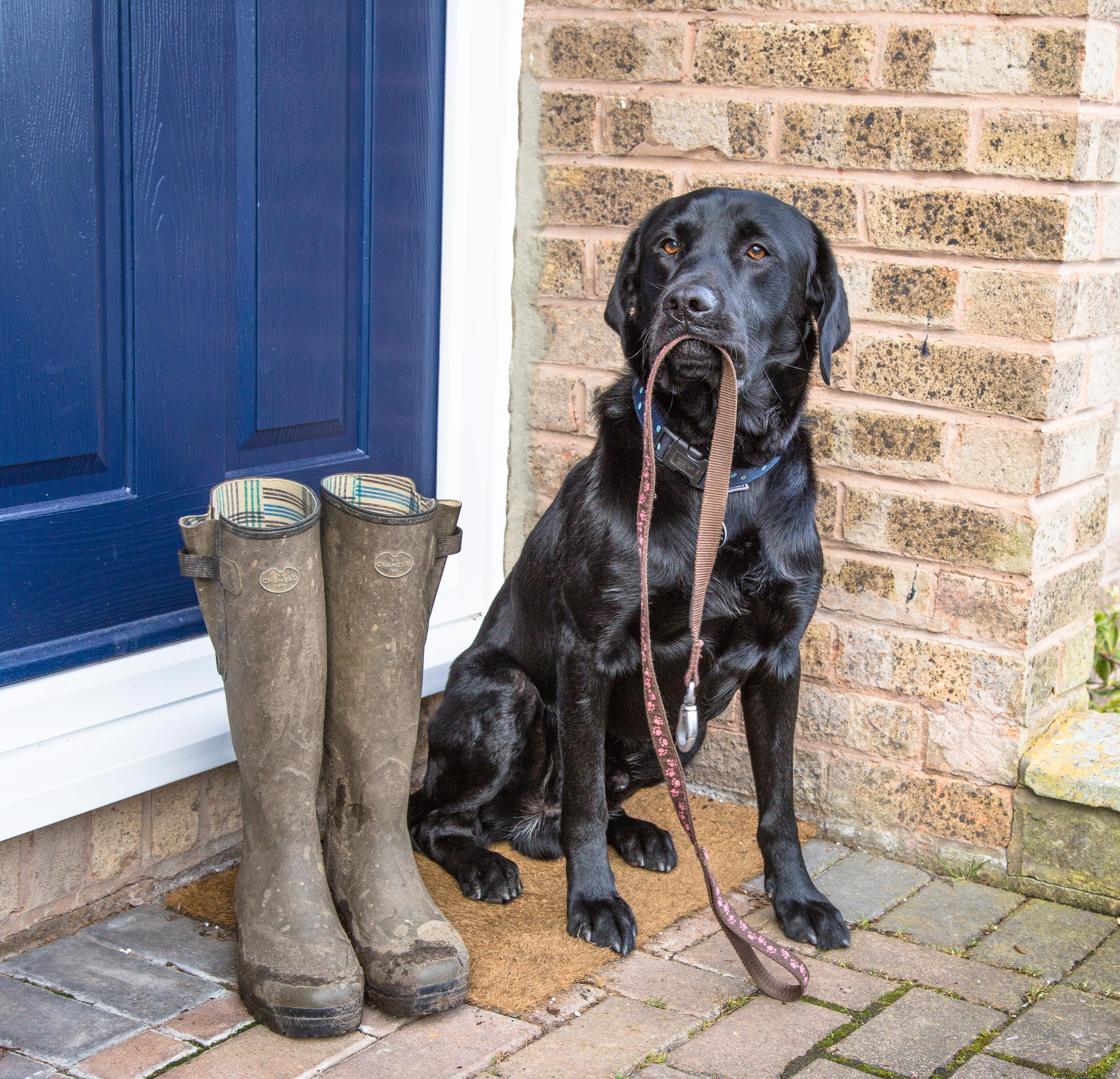
Credit: Ros Crosland / Alamy
Dog lead training: How to introduce the lead to your four-legged friend, by champion dog trainer Ben Randall
Introducing the lead to your dog can be tricky, but with a consistent routine you'll build positive associations that will
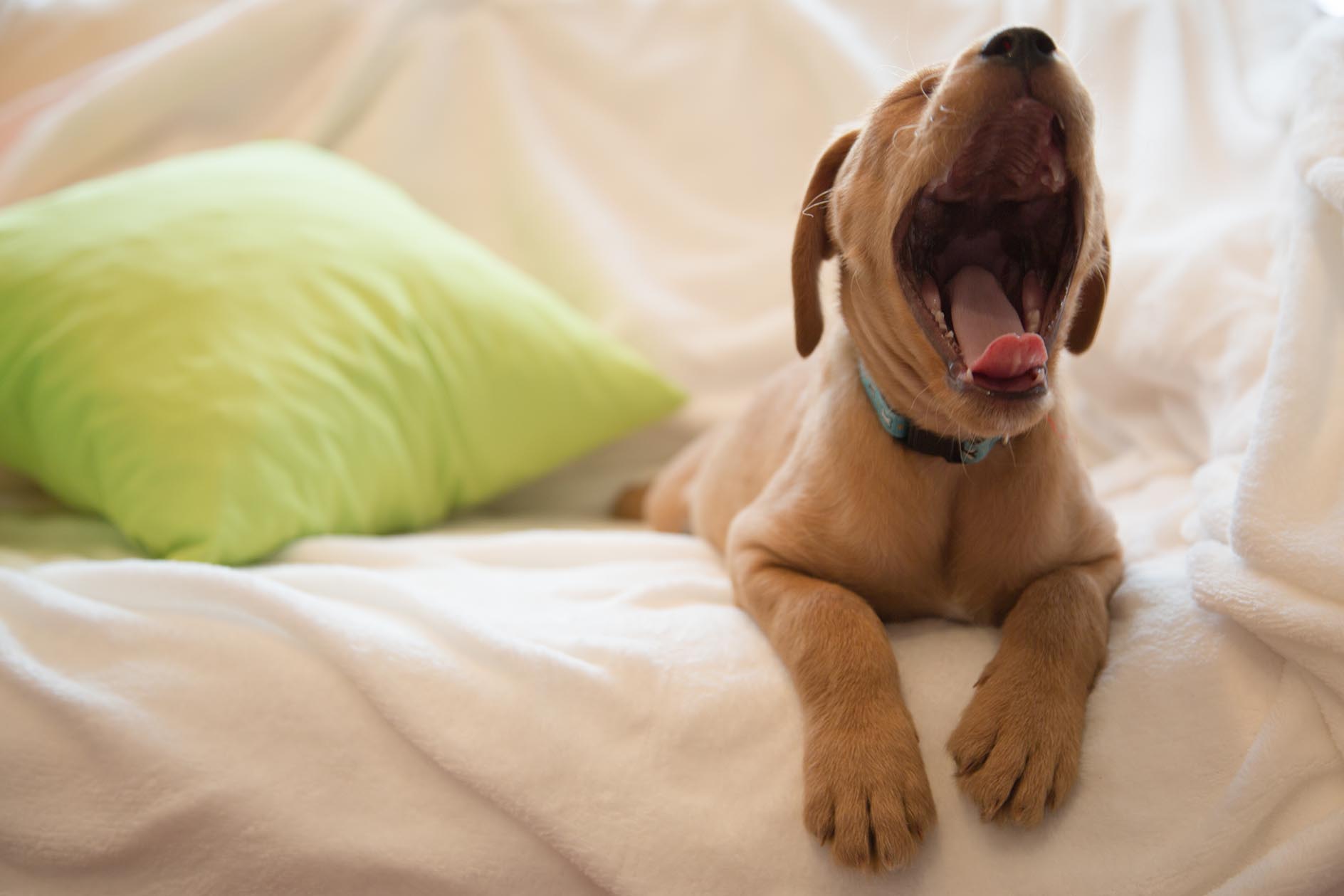
The Puppy Diaries: 'The first night wasn't too bad. The second night was… different. We were up and down more than the Grand Old Duke of York'
Alexandra Fraser — who recently bought a cocker spaniel called Wilf — details the ins and outs of sleep-training a new
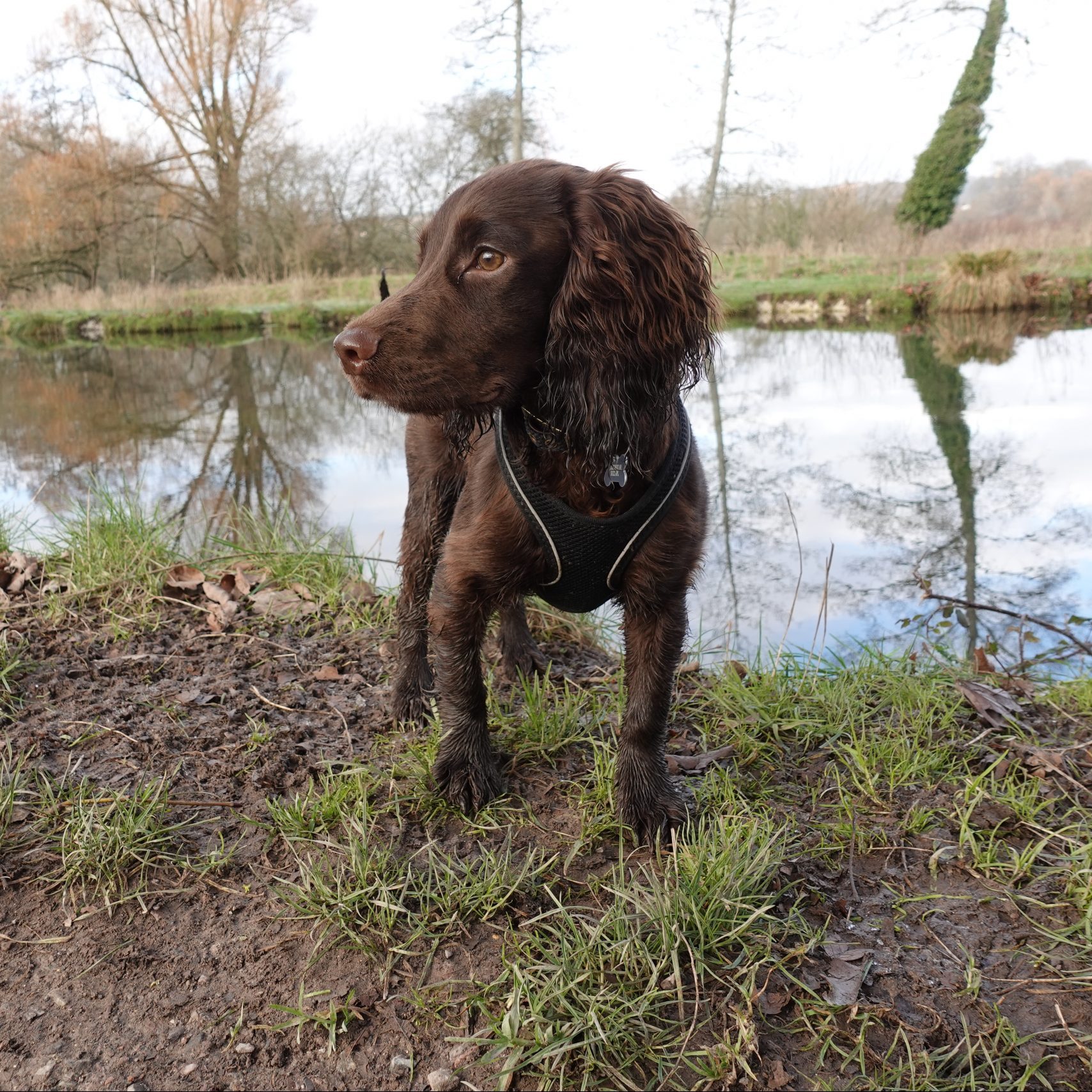
Top tips for grooming a mucky puppy - from easy bath times to tidy pub trips
‘Mucky pup’ is the operative word for an absolute mess – with very good reason. Alexandra Fraser explains how she
-
 'Monolithic, multi-layered and quite, quite magnificent. This was love at first bite': Tom Parker Bowles on his lifelong love affair with lasagne
'Monolithic, multi-layered and quite, quite magnificent. This was love at first bite': Tom Parker Bowles on his lifelong love affair with lasagneAn upwardly mobile spaghetti Bolognese, lasagne al forno, with oozing béchamel and layered meaty magnificence, is a bona fide comfort classic, declares Tom Parker Bowles.
By Tom Parker Bowles
-
 Country houses, cream teas and Baywatch: Country Life Quiz of the Day, April 24, 2025
Country houses, cream teas and Baywatch: Country Life Quiz of the Day, April 24, 2025Thursday's Quiz of the Day asks exactly how popular Baywatch became.
By Toby Keel